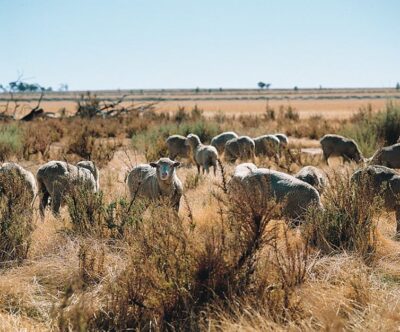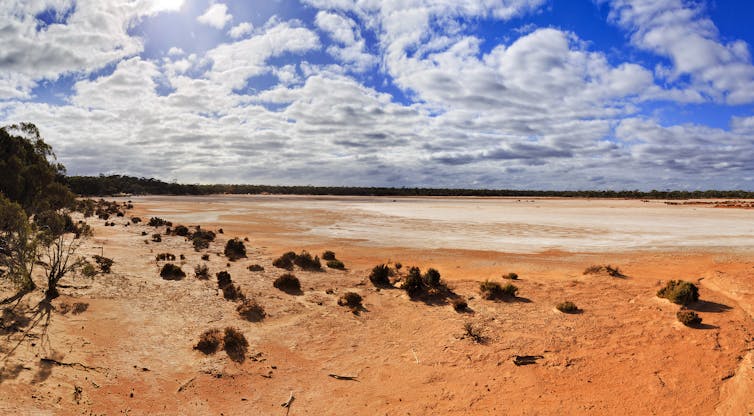![]()
From The Conversation (20/3/24)…
Even far from the ocean, Australia’s drylands are riddled with salty groundwater. What can land managers do?
In the 1890s, railway engineers noticed river water used by steam locomotives started to become salty when surrounding land was cleared for agriculture.
Over the next decades, the problem worsened. In 1917, a Royal Commission in Western Australia dismissed the threat from salt and instead promoted more clearing of land.
Ignoring the problem didn’t solve it. Salt water began rising from below in many new agricultural regions. Crops could not use this salty water. In March 1924 – a century ago this month – the railway engineer W.E. Wood published the first scientific paper on the causes of salinity in Australia.
Wood concluded land clearing was causing groundwater levels to rise, bringing salt stored underground to the surface. He correctly proposed the salt in this region had come from the oceans, after evaporated seawater with residual salt fell as rain.
In 2002, our last comprehensive national estimate put salinity-affected land at around 1.75 to 2 million hectares – about 7.5 times the size of the Australian Capital Territory.



